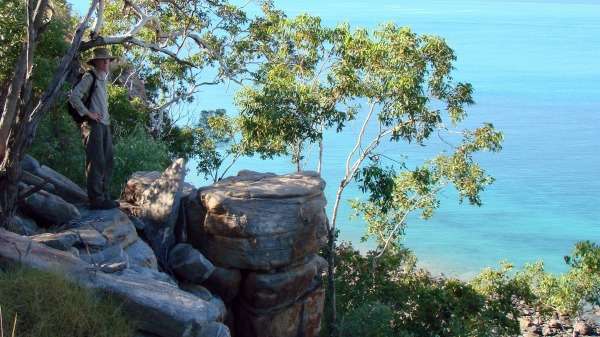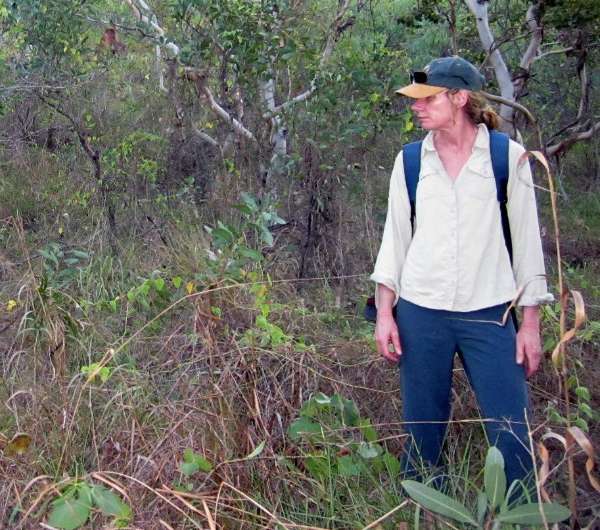Scientist swaps desk for country's most rugged natural environments

As someone who once envisaged a career path as an economist, Lesley Gibson certainly never anticipated the places that she'd go on to work.
She never would have dreamed she'd work in Queensland's desert country or that she'd take to the air on a helicopter to access some of the most remote islands in Australia.
She never thought that she'd dodge crocs on her way to work or camp for weeks in near complete isolation, battling heat, humidity and flies in her quest to better understand Australia's often harsh yet fragile natural environment.
But now as one of Department of Parks and Wildlife's (DPaW) leading scientists Dr Gibson says she would never swap the career she's forged as a zoologist.
"I decided science was far more interesting than economics," she says.
"I love how it explains why things are the way they are. And I'd always been interested in animals."
After completing an honours project on the reproductive behaviour of wallabies, Dr Gibson won a position surveying kangaroos based in Charleville in south-west Queensland.
But, while working there, she found herself enchanted by another creature—bilbies.
She went on to do a PhD on a population of bilbies in the channel country of outback Queensland.

The work was hard, with weeks spent in the field in great heat amid a featureless landscape.
Yet she marks it as a career highlight.
The experience held her in good stead for her first position in Western Australia—a job she took on 12 years ago with DPaW for its biological survey of the Pilbara.
Again she found herself packing her swag and spending weeks in stunning and remote countryside, intent on understanding its natural wonders.
Next Dr Gibson was charged with responsibility for coordinating DPaW's biodiversity survey of the Kimberley Islands.
This job would challenge and delight her like no other.
The logistics were a nightmare—organising helicopter landings and boat access to areas inaccessible by other means.
But the results were astonishing, with the discovery of more than 70 new species of land snail, and many new island populations of vertebrate fauna, including three endangered mammals.
"It was amazing—you felt like you were walking across country that only Aboriginal people were ever likely to have set foot on," she says.
Dr Gibson now hopes to conduct similar survey work in WA's Cape Range subregion—yet another remote and stunning landscape with all sorts of biological secrets to uncover.
Provided by Science Network WA
This article first appeared on ScienceNetwork Western Australia a science news website based at Scitech.





















